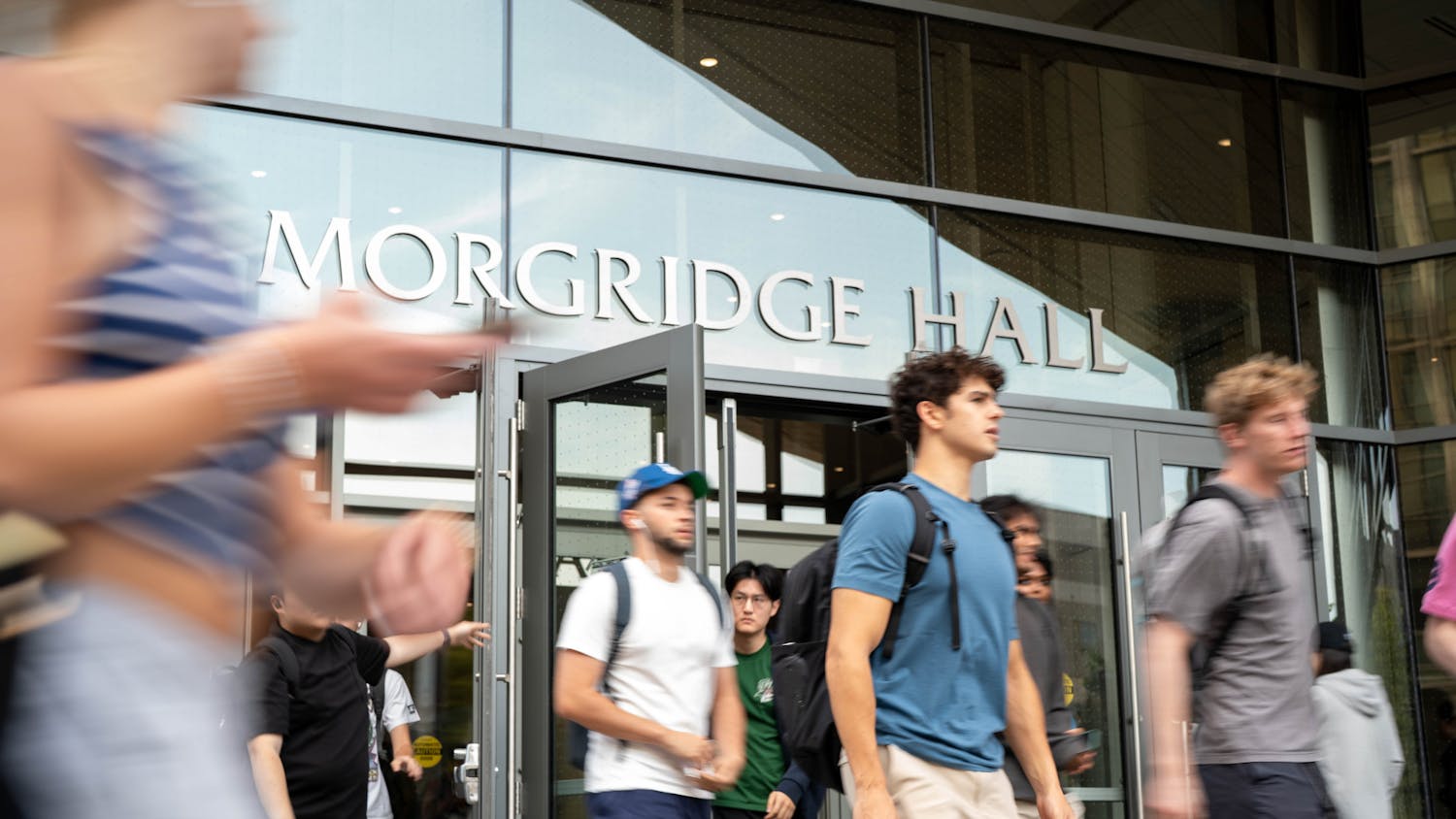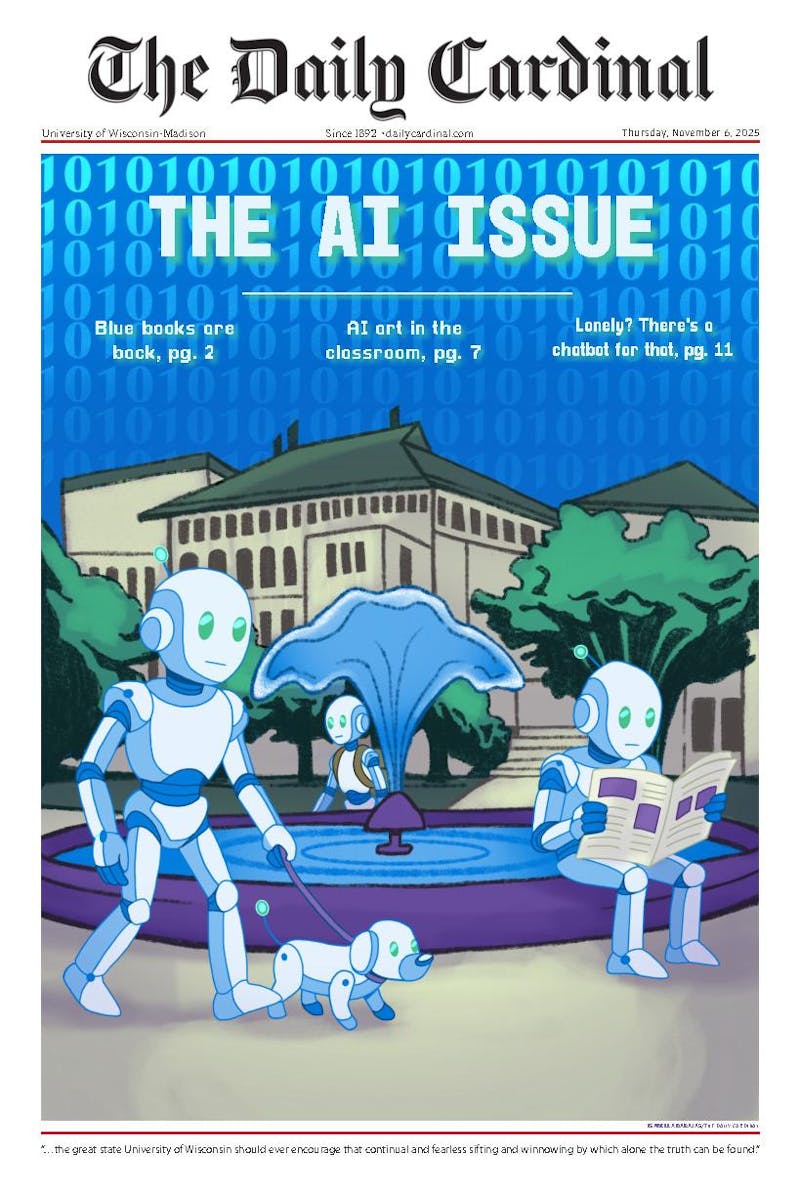Within the next few weeks, researchers from UW-Madison will begin working with a team from the University of Southern California to develop methods to determine which U.S. locations are susceptible to global terrorist attacks.
At UW-Madison, researchers will search for ways to apply aspects of certain theories used in natural disasters and military attacks as part of the Department of Homeland Security's $12 million effort to thwart terrorism.
\The [Homeland Security Center for Risk and Economic Analysis at USC] was initially established to look at risk and economic aspects of terrorism ... For example, how do we decide which of the possible threats are important enough that they're worth worrying about,"" said Vicki Bier, professor of industrial engineering and engineering physics and leader of the UW-Madison initiative.
One theory UW-Madison economics Professor Larry Samuelson will study in relation to terrorist attacks is called game theory. The theory suggests that to predict one's actions, researchers must put themselves in his/her place.
""Game theory is the study of what you could call interactive decision problems: situations where you have a collection of people,"" he said. ""Each of them has a choice to make, an action to take. And you have the property that each person's outcome depends on not only [his or her] decision but on the decisions of the others.""
Samuelson said he will analyze whether game theory is applicable to terrorism.
If applicable, Bier said using game theory will help determine how to allocate funds among locations and security methods.
Additionally, UW-Madison civil and environmental engineering professor Larry Bank will work on a new theory based on risk assessment. Bank said he plans to learn how researchers should differentiate the vulnerability of infrastructure systems such as college campuses, dams and skyscrapers.
""[Research has] never been really focused on ... man-made events that are meant to create a sense of terror, Bank said. ""The whole thought process kind of has to be changed to evaluate that.""
As a result, Bank said he thinks people may need to rethink infrastructure designs, especially buildings, to include more diversion equipment for terrorists.
However, it is uncertain whether policy-makers, architects and others will employ methods and suggestions developed by the research.
Nevertheless, Bier said she is excited to develop new knowledge with the project that will take the team to New York University and USC to share research.
""It's just nice to have the visibility and to be part of something that is going to be a very prominent organization,"" Bier said.





